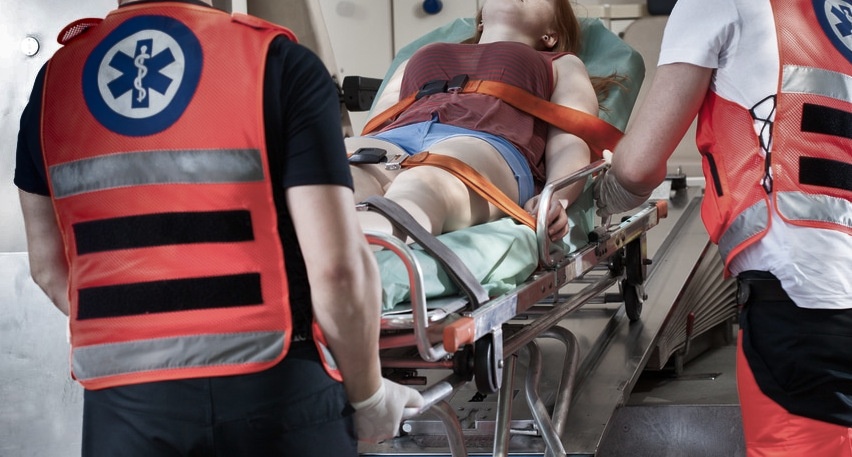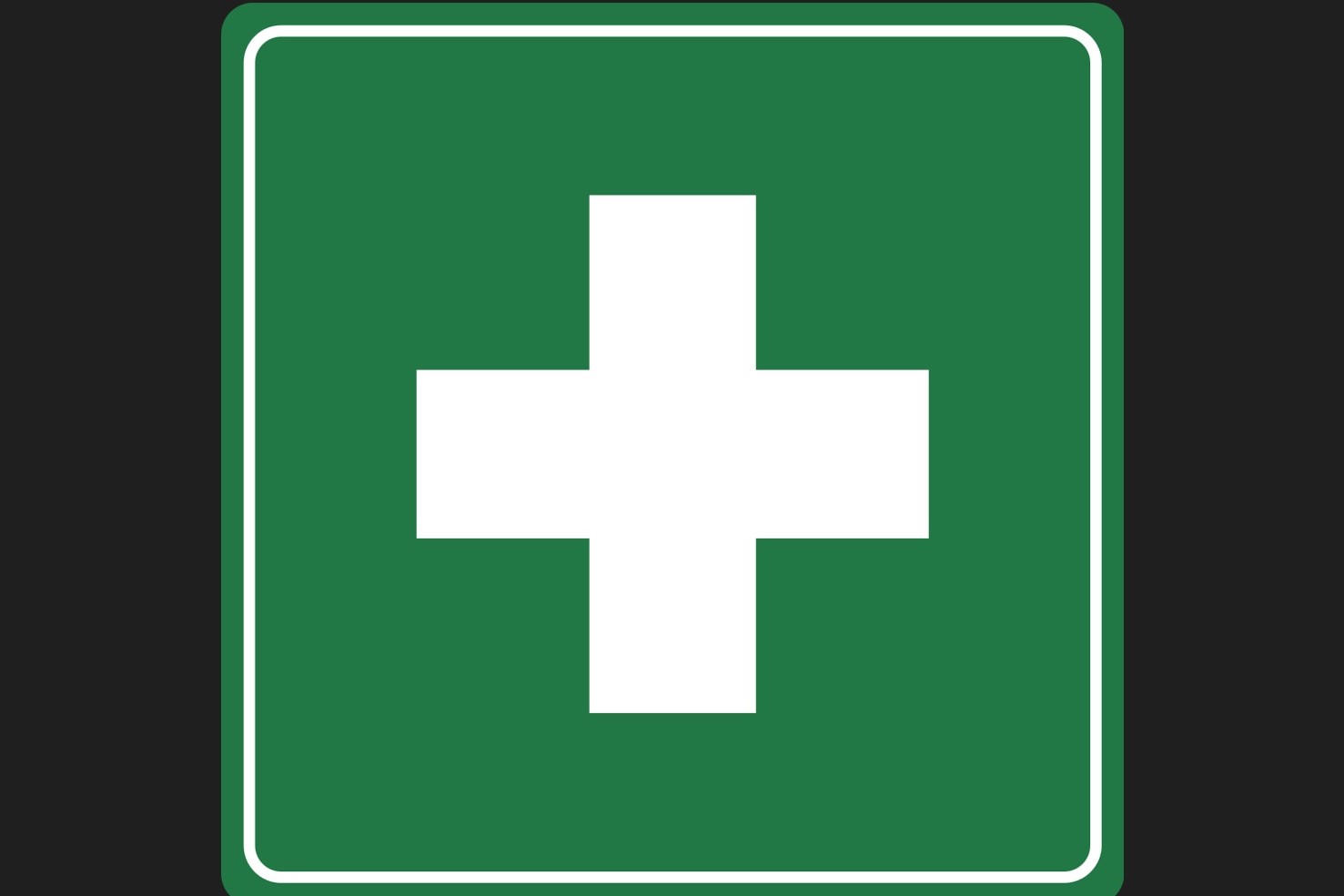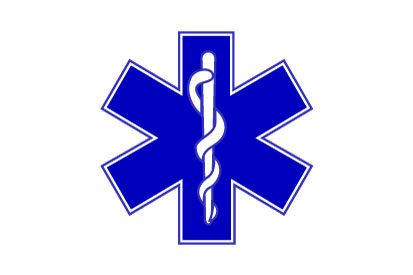
First aid: definition, meaning, symbols, objectives, international protocols
The term ‘first aid’ refers to the set of actions that enable one or more rescuers to help one or more persons in distress in a medical emergency
The ‘rescuer’ is not necessarily a doctor or a paramedic, but can literally be anyone, even those with no medical training: any citizen becomes a ‘rescuer’ when he or she intervenes to help another person in distress, while awaiting the arrival of more qualified help, such as a doctor.
The ‘person in distress’ is any individual experiencing an emergency situation who, if not helped, may have their chances of survival or at least of emerging from the event without injury reduced.
They are usually people who are victims of physical and/or psychological trauma, sudden illness or other health-threatening situations, such as fires, earthquakes, drowning, gunshots or stab wounds, plane crashes, train accidents or explosions.
The concepts of first aid and emergency medicine have been present for millennia in all civilisations of the world, however, they have historically undergone strong developments to coincide with major war events (especially World War I and World War II) and are still very important today, particularly in those places where there are wars going on.
Culturally, many advances in the field of first aid were made during the American Civil War, which prompted the American teacher Clarissa ‘Clara’ Harlowe Barton (Oxford, 25 December 1821 – Glen Echo, 12 April 1912) to found and be the first president of the American Red Cross.
First Aid Symbols
The international first aid symbol is a white cross on a green background, awarded by the International Organisation for Standardisation (ISO).
The symbol identifying rescue vehicles and personnel, on the other hand, is the Star of Life, consisting of a blue, six-armed cross, inside which is the ‘staff of Asclepius’: a staff around which a snake is coiled.
This symbol is found on all emergency vehicles: for example, it is the symbol visible on ambulances.
Asclepius (Latin for ‘Aesculapius’) was the mythological Greek god of medicine instructed in the art of medicine by the centaur Chiron.
The symbol of a red cross on a white background is sometimes used; however, the use of this and similar symbols is reserved for the societies that make up the International Red Cross and Red Crescent and for use in war situations, as a symbol to identify medical personnel and services (for whom the symbol provides protection under the Geneva Conventions and other international treaties), and therefore any other use is improper and punishable by law.
Other symbols used include the Maltese Cross.
RESCUE WORKERS’ RADIO IN THE WORLD? VISIT THE EMS RADIO BOOTH AT EMERGENCY EXPO
The objectives of first aid can be summarised in three simple points
- to keep the injured person alive; in fact, this is the purpose of all medical care;
- to prevent further damage to the casualty; this means both protecting him from external factors (e.g. by moving him away from sources of danger) and applying certain rescue techniques that limit the possibility of his own condition worsening (e.g. pressing on a wound to slow down bleeding);
- encourage rehabilitation, which begins already while the rescue is being carried out.
First aid training also includes teaching the rules to prevent dangerous situations from the very beginning and teaches the different phases of rescue.
Important techniques, devices and concepts in emergency medicine and first aid in general are:
- triage;
- BLS (Basic Life Support);
- Golden hour;
- ABC rule;
- GAS manoeuvre;
- AMPLE manoeuvre;
- SAMPLE manoeuvre;
- OPACS manoeuvre;
- AVPU scale;
- Glasgow Coma Scale;
- KED extrication device;
- cervical collar;
- defibrillator;
- basic life support (BTLS);
- advanced life support (ALS);
- mouth-to-mouth respiration;
- cardiac massage;
- oxygen therapy;
- mechanical ventilation;
- AMBU balloon;
- tracheotomy; tracheostomy
- cricothyroidotomy;
- cardiac arrest.
First Aid Protocols
There are many first aid protocols and techniques in the medical field.
One of the most widely used first aid protocols in the world is basic trauma life support (hence the acronym SVT) in English basic trauma life support (hence the acronym BTLF).
Basic life support is a sequence of actions to prevent or limit damage in the event of cardiac arrest. First aid protocols also exist in the psychological field.
Basic Psychological Support (BPS), for example, is an intervention protocol for casual rescuers aimed at the early management of acute anxiety and panic attacks, while waiting for specialist interventions and rescue professionals who may have been alerted.
Trauma survival chain
In the event of trauma, there is a procedure for coordinating rescue actions, called the trauma survivor’s chain, which is divided into five main steps
- emergency call: early warning through an emergency number;
- triage carried out to assess the severity of the event and the number of people involved;
- early basic life support;
- early centralisation at Trauma Centre (within the golden hour);
- early advanced life support activation.
All links in this chain are equally important for a successful intervention.
Read Also:
Emergency Live Even More…Live: Download The New Free App Of Your Newspaper For IOS And Android
Compensated, Decompensated And Irreversible Shock: What They Are And What They Determine
Drowning Resuscitation For Surfers
First Aid: When And How To Perform The Heimlich Maneuver / VIDEO
First Aid, The Five Fears Of CPR Response
Perform First Aid On A Toddler: What Differences With The Adult?
Heimlich Maneuver: Find Out What It Is And How To Do It
Chest Trauma: Clinical Aspects, Therapy, Airway And Ventilatory Assistance
Internal Haemorrhage: Definition, Causes, Symptoms, Diagnosis, Severity, Treatment
How To Carry Out Primary Survey Using The DRABC In First Aid
Heimlich Maneuver: Find Out What It Is And How To Do It
What Should Be In A Paediatric First Aid Kit
Poison Mushroom Poisoning: What To Do? How Does Poisoning Manifest Itself?
Hydrocarbon Poisoning: Symptoms, Diagnosis And Treatment
First Aid: What To Do After Swallowing Or Spilling Bleach On Your Skin
Signs And Symptoms Of Shock: How And When To Intervene
Wasp Sting And Anaphylactic Shock: What To Do Before The Ambulance Arrives?
Spinal Shock: Causes, Symptoms, Risks, Diagnosis, Treatment, Prognosis, Death
Cervical Collar In Trauma Patients In Emergency Medicine: When To Use It, Why It Is Important
KED Extrication Device For Trauma Extraction: What It Is And How To Use It
Introduction To Advanced First Aid Training
Drowning Resuscitation For Surfers
The Quick And Dirty Guide To Shock: Differences Between Compensated, Decompensated And Irreversible
Dry And Secondary Drowning: Meaning, Symptoms And Prevention




